To: The Impact Readers
Happy Monday 🤠
Hoping all of your July 4th Weekends were enjoyable for our US readers. This week we spent a lot of time diving into the weeds of batteries and how energy storage is critical to our future.
Also we are trying a new way to deliver these newsletters! Utilizing a feature that sends you the newsletter during the day based on when you’ve previously opened our newsletters. The goal is to make sure we are a resource in your inbox and not a distraction! Let us know when you received this weeks newsletter and if you prefer this to our traditional morning/afternoon send times!
In Your Inbox: A conversation around grid modernization; car manufacturers unlock cheaper batteries; how ESS reduces the cost of microgrids and energy in general!
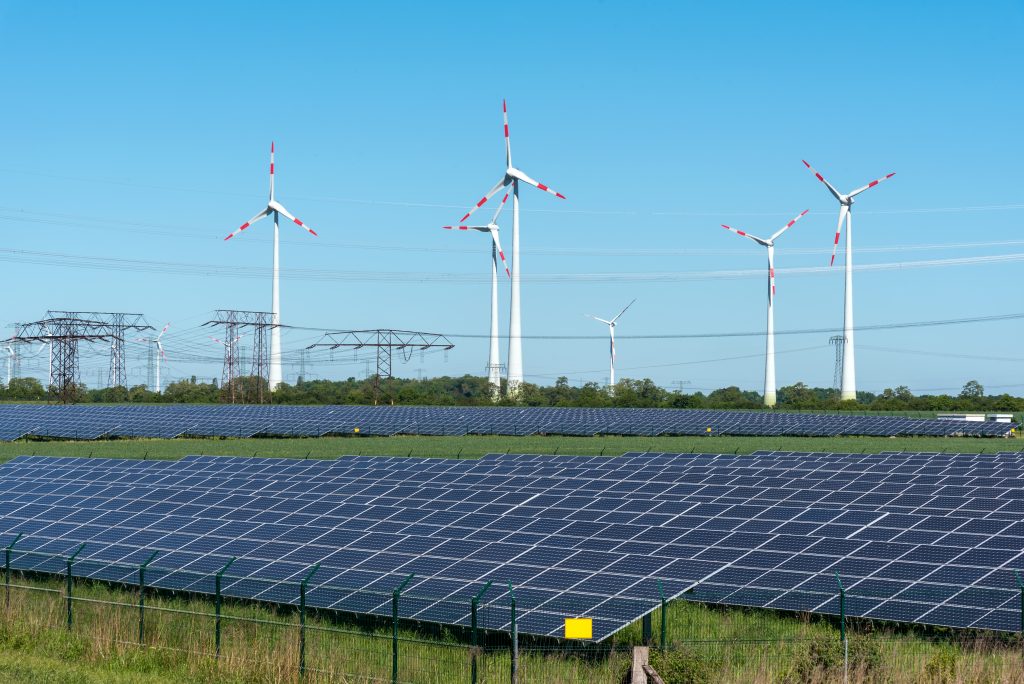
In 2019, renewables and coal contributed to the same amount of electricity. There were two main reasons for this. Coal plants all over the world have continued to close. Meanwhile, renewable energy has gotten cheaper. As a result, renewables made up the largest portion of the increase in global energy demand.
Now in 2020, the US Energy Information Administration (EIA) is forecasting that renewables will surpass coal in energy generation.
Let’s take a step back. A decade ago, coal accounted for roughly half of America’s electricity. Last year, coal consumption fell from 26% to 11% of energy consumption. Back in May of this year, the US hit its 100th day where renewables have been used more than coal.
This is great news, as coal releases more carbon emissions than any other energy source. It is feasible for coal to be phased out. This is a key step to achieve net-zero emissions globally by 2050. Climate crisis will be averted.
With electricity demand falling due to the quarantine forcing factories, offices and retailers to close, utilities have many choices for energy sources. Since coal is more expensive than renewables, utilities have shifted how they generate their energy.
For instance, Britain has gone coal-free. Due to the quarantine, electricity demand decreased, and National Grid closed down some coal plants. The last coal generated electricity produced was back in April. The UK now has the biggest offshore wind industry in the world.
This shift in clean energy could drive $1-$2 trillion per year in infrastructure investment and create 15-20 million jobs globally. As the world continues to reopen, we will continue to see a move in the right direction.
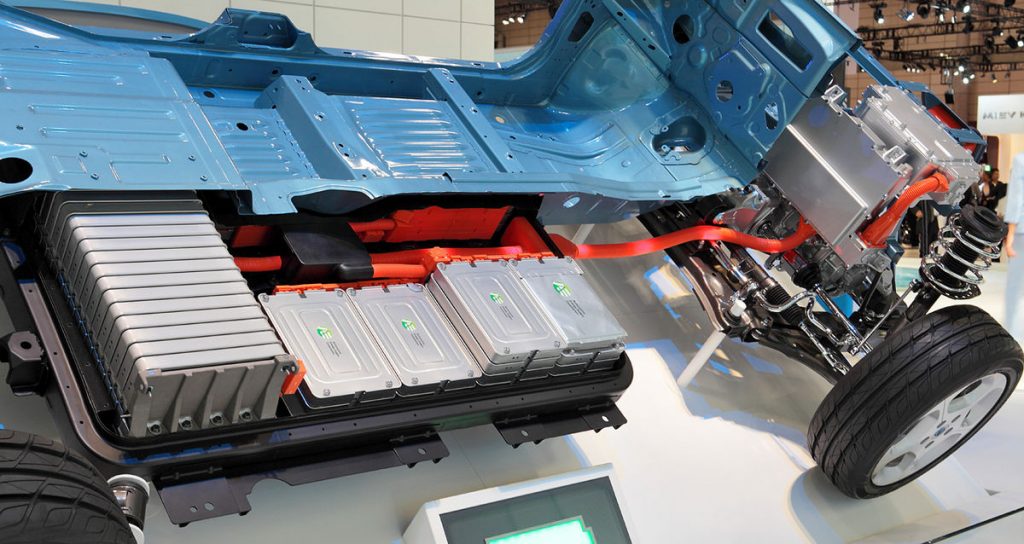
When you think about cheaper batteries and where our modern day Energy Storage Solutions will come from, most might think of a PhD student with his graduate students inventing a new material that enables high energy density battery cells at record low prices.
Instead we are turning to car manufacturers to unlock the – as of today – cheapest way to get large volumes of energy storage into the grid.
We already knew with the rise of EVs – thank you to Tesla for developing the early market – there were opportunities that would arise in recycling the “dead” cells.
However, little did people know that when an EV battery cell is qualified as “unusable” it still maintains 80% of its total capacity. This is a drawback for EVs as it can kill range, but, at a grid scale level – where space isn’t usually an issue – those cells can be used.
With all the major manufacturers joining the party on providing utilities their used cells – including GM and BMW – the space continues to heat up.
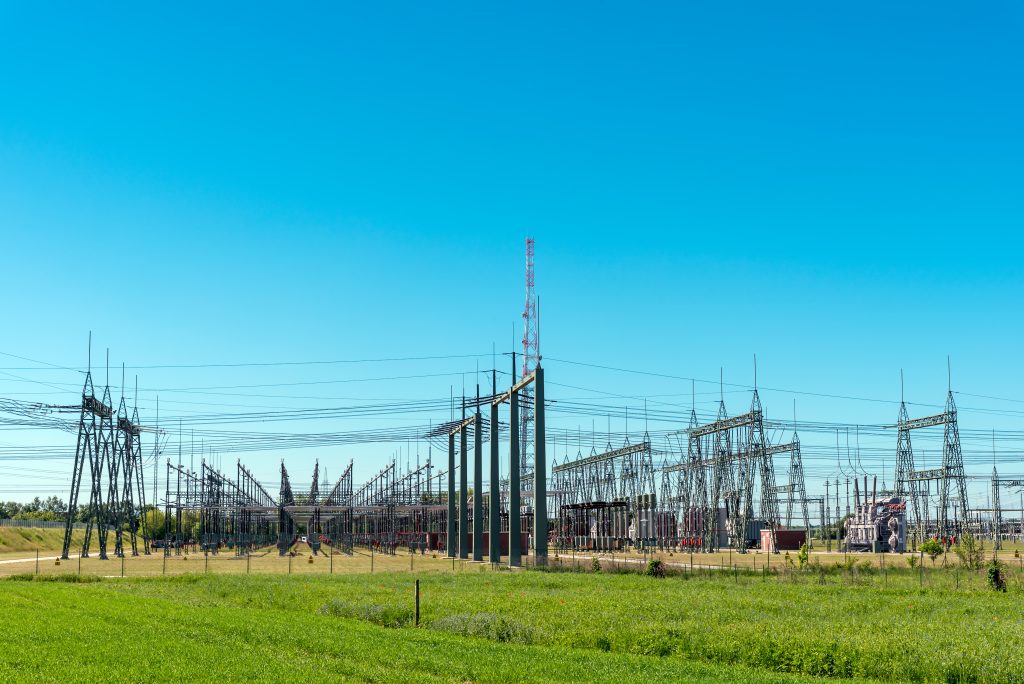
We ran into this nice post on microgrid knowledge that piqued our curiosity. We were wondering what it would take to truly drive adoption of a new age of grid infrastructure. Today the predominate way of approaching grid modernization is adding IoT like capabilities to as much of the grid as possible, adding new solar and wind farms where possible to fill energy demand and shifting to natural gas as opposed to coal.
For the most part grid modernization is approached from an angle of “support the grids needs first”. There are a number of drawbacks to this approach, ranging from challenges with rising costs to the homeowner all the way to creating more failure points within the grid.
Costs rise due to rate basing that tends to happen when utilities purchase new equipment. Effectively adding a “tax” of sorts to your bill for the new infrastructure they billed out. The price for this is controlled by the Public Utility Commission which tends to keep this number from getting out of hand. However, it is one of the main reasons your utility bill rises every single year.
Then there are added failure points – solar and wind aren’t a guaranteed 24/7 energy producer and the complexity in routing power efficiently throughout the grid becomes extremely tough. In turn driving up costs for adopting renewables. Analysts believe – as shown in the post linked above that energy storage is the key to driving the cost of adding renewables into the grid.
Utilizing energy storage as a medium to build in resilience and grid flexibility could theoretically reduce the cost of electricity at any given time. In many markets in the US electricity is traded on the wholesale market kind of like the stock market. The cost to store energy in batteries at the grid scale can at times be as cheap as $0.12/kWh meaning at high demand hours when electricity is more expensive than $0.12/kWh homeowners would be passed on savings as they can utilize the cheaper power from the batteries.
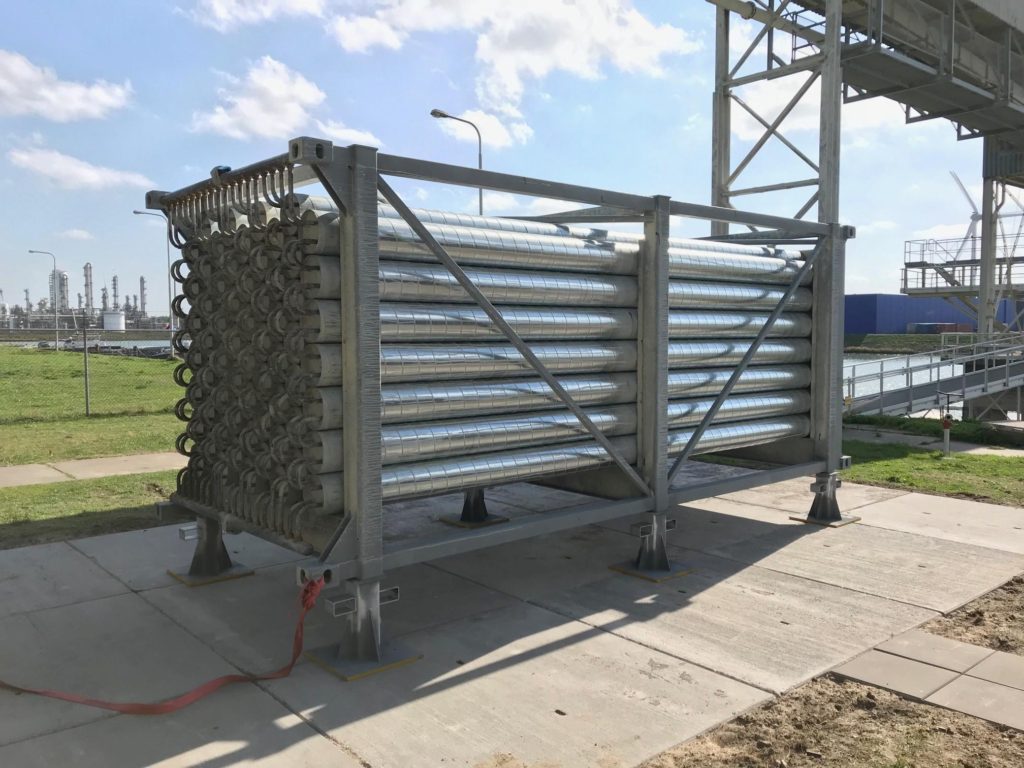
There are so many ways to store energy. Ranging from chemical to mechanical and even thermal.
However, only one of those 3 methods hasn’t seen any headway beyond cool lab results. Thermal energy is just one of those solutions that hasn’t shown much promise. In terms of estimated market size for thermal ESS it is around $4.35 Billion and the two really leading the charge in trying to bring it to market are Siemens and EnergyNest. Large enough brands that give the technology a fighting chance.
NREL and other labs are also pushing forward on evaluating thermal energy. Companies like Brayton Energy & Echogen have also been participating in various grants to develop a thermal energy storage system with a target price of $0.05/kWh
As of today – much like flow batteries – thermal energy storage isn’t a commercially viable solution.
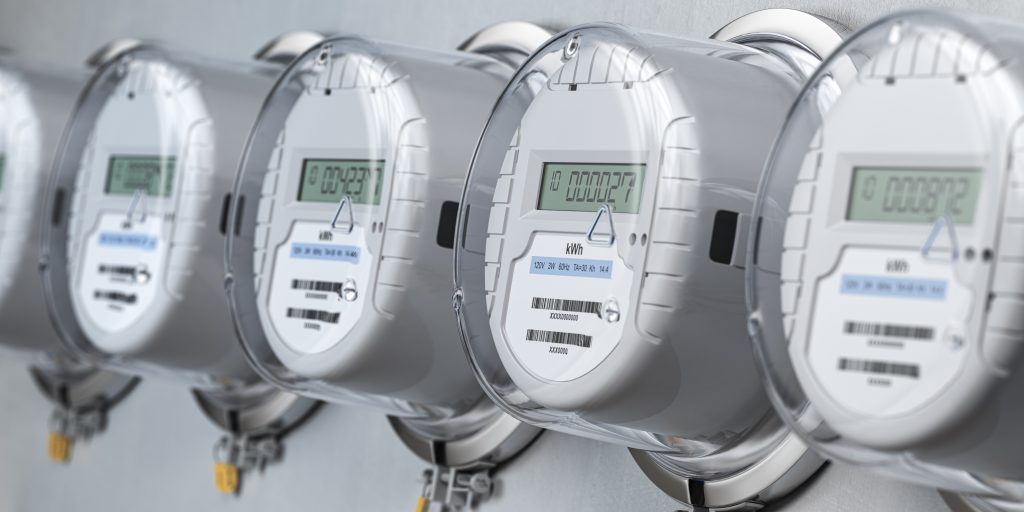
Energy Storage is one of the biggest technological advancements we are watching today. Ranging from a simple home ESS solution to your grid scale MWh batteries – the methods need to evaluate and find the best solutions are tough. Which is why we are beginning to develop a series analyzing the best energy storage solutions, various technologies, their associated benefits and prices along with what the cost is to utilize.
Standardizing a way to evaluate energy storage is something greatly lacking in today’s economy. Not knowing how to look at energy storage and how it plays into a full ecosystem of varying energy solutions makes it hard to see both as a consumer and as a utility which path to take.
If you know a company in the space or want to help contribute to this development do reach out!
Stay tuned for a few other resources coming soon, including results from the smart thermostat research which will be included in this energy storage project!
Watch our most recent episode of Big Feet With Joel Solomon. Next week stay tuned for new episodes coming out of Big Feet! The series you all have shown so much love to is back!
Develop your market map of up-and-coming climate startups and market opportunities by subscribing to our weekly newsletter for free.